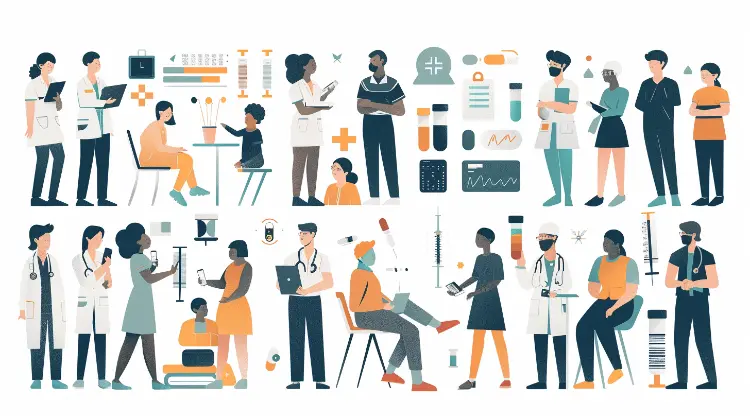HIV, the virus responsible for AIDS, has long been a global health challenge. However, with significant medical advancements, HIV has transformed from a fatal diagnosis to a manageable chronic condition. This article delves into the transmission methods of HIV, preventive measures, treatment options, and the importance of adherence to medication regimens.

HIV can be transmitted through several means, primarily involving the exchange of bodily fluids. The most common routes of transmission include:
According to the Centers for Disease Control and Prevention (CDC), sexual transmission is the most common route, accounting for about 90% of all new HIV infections. Mother-to-child transmission has significantly decreased with effective interventions during pregnancy and childbirth.
To reduce the risk of HIV infection, it is crucial to take the following precautions:
While there is no cure for HIV, the virus can be effectively managed with antiretroviral therapy (ART). Since the 1980s, ART has dramatically improved, slowing the progression from HIV to AIDS and reducing AIDS-related deaths. In the United States, the introduction of ART has led to an 88% decline in death rates from 1995 to 1997 alone (UNAIDS).
All blood donations in the U.S. are screened for HIV, making the risk of transmission through blood transfusions extremely low. The U.S. Food and Drug Administration (FDA) reports that the risk is estimated to be about 1 in 1.5 million blood transfusions.
Antiretroviral drugs, while life-saving, can have side effects, including metabolic changes and bone density loss. It is vital for patients to monitor their health and communicate any adverse reactions to their healthcare provider.
Adherence to ART is critical. The World Health Organization (WHO) emphasizes that poor adherence can lead to drug resistance, making the virus harder to treat. Patients should work closely with their healthcare providers to address any issues with their treatment plan to prevent resistance.
In conclusion, while HIV remains incurable, it is no longer the death sentence it once was. With proper treatment and preventive measures, individuals living with HIV can lead long, healthy lives. It is essential to maintain open communication with healthcare providers and adhere strictly to prescribed treatment plans to manage the virus effectively.

Maximize your discount On Online Shopping with Coupon Codes
A coupon code is offered by a retailer in an effort to get shoppers to make a purchase at their website, through their catalog, in their store or even by telephone.
Visiting Splendid Dubai in Midsummer
Dubai, the vibrant heart of the United Arab Emirates, is not only a bustling metropolis famed for its breathtaking architecture and significant financial status but also a top-tier tourist destination, even during the scorching summer months. Despite the heat, Dubai offers a unique blend of modern luxury and traditional charm, making it a must-visit for travelers seeking an unforgettable experience.
What to Know Before Buying a Breast Pump
There are several factors to consider before buying a breast pump.